Product
Three ways our usage-based billing product is unique

Our usage-based product integrates naturally alongside your other billing pathways, while scaling with you as your usage-based pricing ambitions grow.

Our usage-based product integrates naturally alongside your other billing pathways, while scaling with you as your usage-based pricing ambitions grow.

Buy now, pay later (BNPL) methods, little-known less than a decade ago, now account for more than $300 billion in transactions worldwide. However, they tend to be priced at a premium, so our users wanted to know whether the financial benefits would offset the added costs. With that in mind, we ran an experiment to help Stripe businesses assess when and how to offer BNPLs.

In this blog post we’ll share an overview of Stripe’s database infrastructure and discuss the design and application of the Data Movement Platform.

Last month we announced a new Billing migration toolkit designed to address your top pain points: engineering resourcing, the risk of disruptive errors, and migration time. Here’s how the migration toolkit addresses each.
Manual payouts will now land in your bank account on the same business day due to new local banking integrations in the UK. No extra fees, no integrations changes needed.
Businesses in the US can now offer Amazon Pay. Allow your customers to pay using the same checkout experience that millions of Amazon customers know and trust.
Businesses in the US can now reach new customers with Cash App Pay. Allow customers to pay with the wallet that's number one in both app stores.
Build custom experiences for interactions from ordering to loyalty management—or run your custom POS on an all-in-one device.
Businesses can now accept more buy now, pay later methods globally through one integration on Stripe: Klarna in AU, NZ, CA, CH, PT, PL, CZ, and GR; Affirm in CA.
Integrating and upgrading to the Payment Element is now easier than ever with server-side confirmation and a new integration path that lets you collect payment details before creating a PaymentIntent or SetupIntent.
Businesses in the US and Canada using Checkout and Payment Links can now dynamically localize pricing to 30 countries with one click in the Dashboard.
Businesses can now accept in-person payments in Switzerland and Norway with Terminal's flexible APIs, SDKs, and pre-certified card readers.
You can now customize how Stripe calculates your MRR and churn, and export your SaaS and billing metrics in CSV format.
You can now accept in-person contactless payments with only an iPhone and Stripe Terminal—no additional hardware required.

If the first wave of digitization in broadcast media was about the move into streaming, this second one is about open-ended optimizations of the streaming experience. Top media companies are partnering with Stripe to add new content bundles, change pricing models, and personalize payments.

Today Stripe is launching a new way of logging in that makes it possible to have both speed and security: one-click login using passkeys.

We announced 17 new embedded components that package up our industry-leading payments capabilities and turn what could have been a months-long project for a full team into just a few days of work for one engineer.
You can now query Stripe Tax quantities in decimal format using the new `quantity_decimal` column on the `tax_transaction_line_items` table. The new column will replace the existing `quantity` column. Learn more
You can now customize reports in Revenue Recognition to use your general ledger (GL) chart of accounts instead of using the default Stripe accounts. Learn more

Stripe Organizations allows you to manage all your Stripe accounts in one place. You can streamline team and role management from a centralized dashboard, search for customer and payment information across all your accounts, and run unified reports across your entire business.
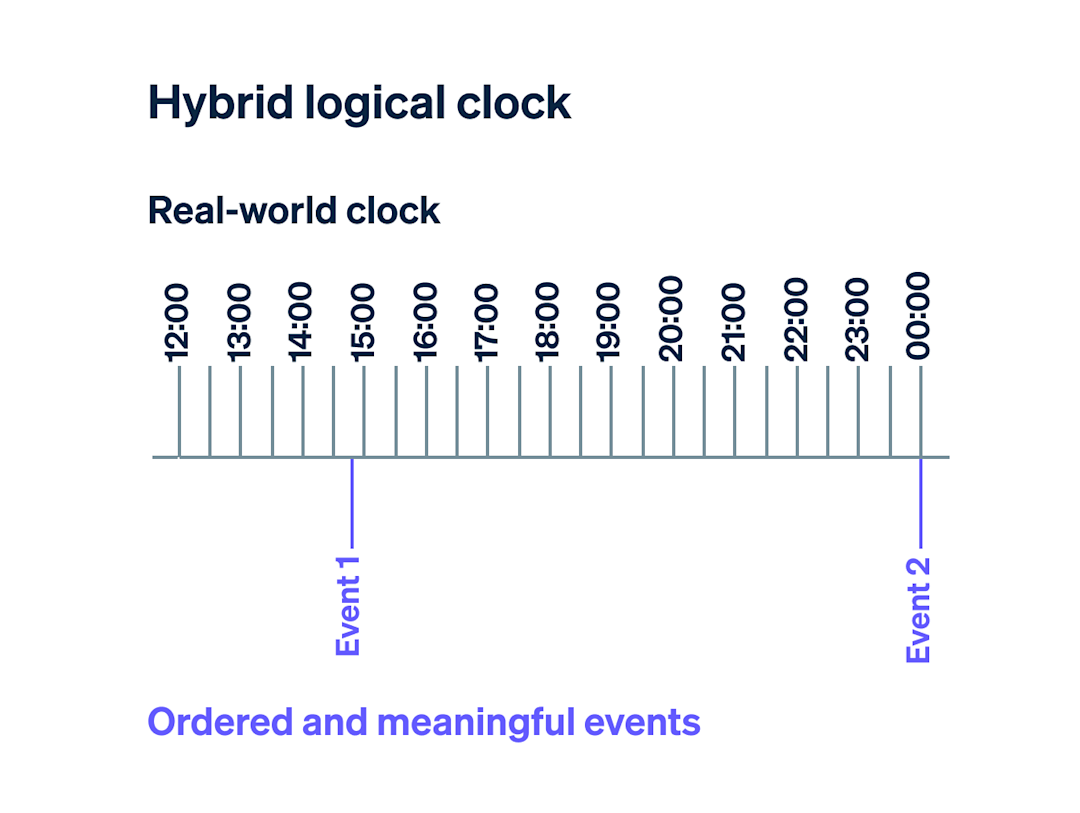
Stripe Billing allows businesses to manage customer relationships with recurring payments, usage triggers, and other customizable features.

We announced AI-powered payments, our biggest-ever upgrades to Stripe Connect, new support for usage-based billing, increased interoperability, and a lot more.

We announced AI-powered payments, our biggest-ever upgrades to Stripe Connect, new support for usage-based billing, increased interoperability, and a lot more.

Please join us April 23–25 at Moscone West in San Francisco for our largest event ever.

Stripe data shows that the creator economy has evolved but is still thriving. We’ve seen this evolution up close, as many of the largest creator platforms use Stripe Connect to onboard creators and pay out funds around the world.

At our annual user conference, we shared how we are helping businesses increase revenue with our global payments suite, how we are allowing platforms and marketplaces to generate more revenue and get to market faster, and how we are helping businesses find new efficiencies through developer tools and automated revenue and finance operations.

Today, we kicked off our annual user conference—Stripe Sessions. You can now watch the keynote and breakout talks on demand.

In this blog post we’ll share an overview of Stripe’s database infrastructure and discuss the design and application of the Data Movement Platform.

Stripe Billing allows businesses to manage customer relationships with recurring payments, usage triggers, and other customizable features.

This blog discusses the technical details of how we built Shepherd and how we are expanding the capabilities of Chronon to meet Stripe’s scale.
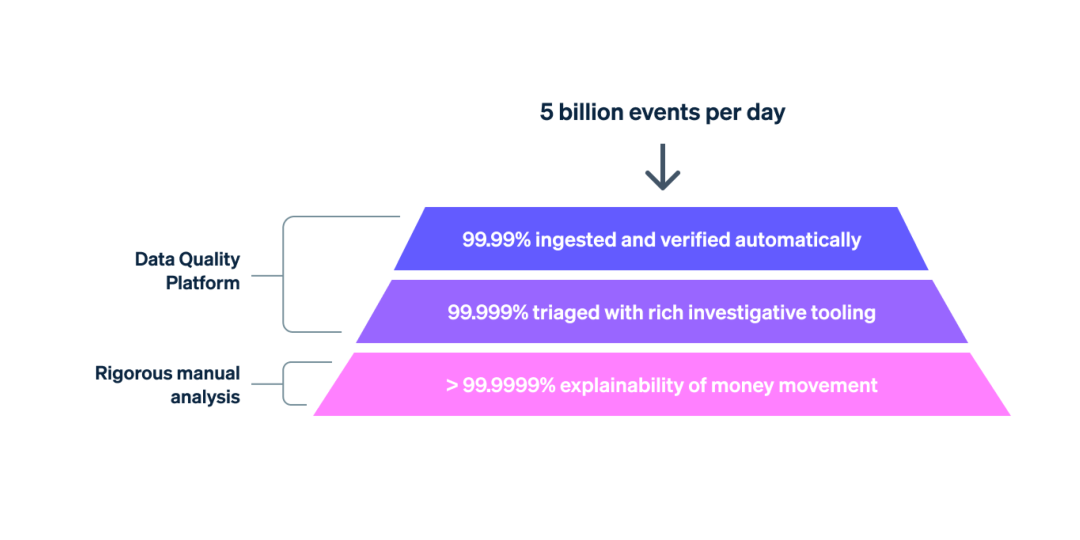
In this blog post, we’ll share technical details on how we built this state-of-the-art money movement tracking system, and describe how teams at Stripe interact with the data quality metrics that underlie our payment processing network.
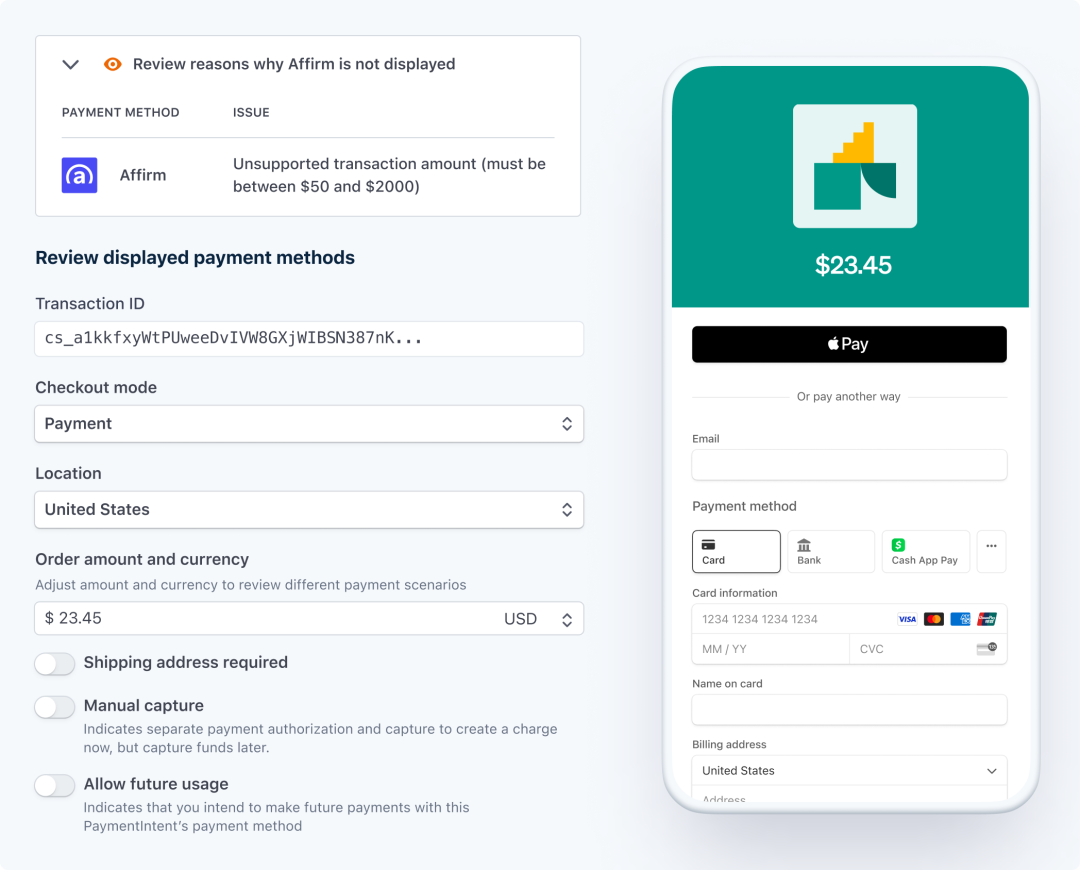
You can now configure payment method settings from the Dashboard—no code required. We call this integration path dynamic payment methods.

Buy now, pay later (BNPL) methods, little-known less than a decade ago, now account for more than $300 billion in transactions worldwide. However, they tend to be priced at a premium, so our users wanted to know whether the financial benefits would offset the added costs. With that in mind, we ran an experiment to help Stripe businesses assess when and how to offer BNPLs.

If the first wave of digitization in broadcast media was about the move into streaming, this second one is about open-ended optimizations of the streaming experience. Top media companies are partnering with Stripe to add new content bundles, change pricing models, and personalize payments.
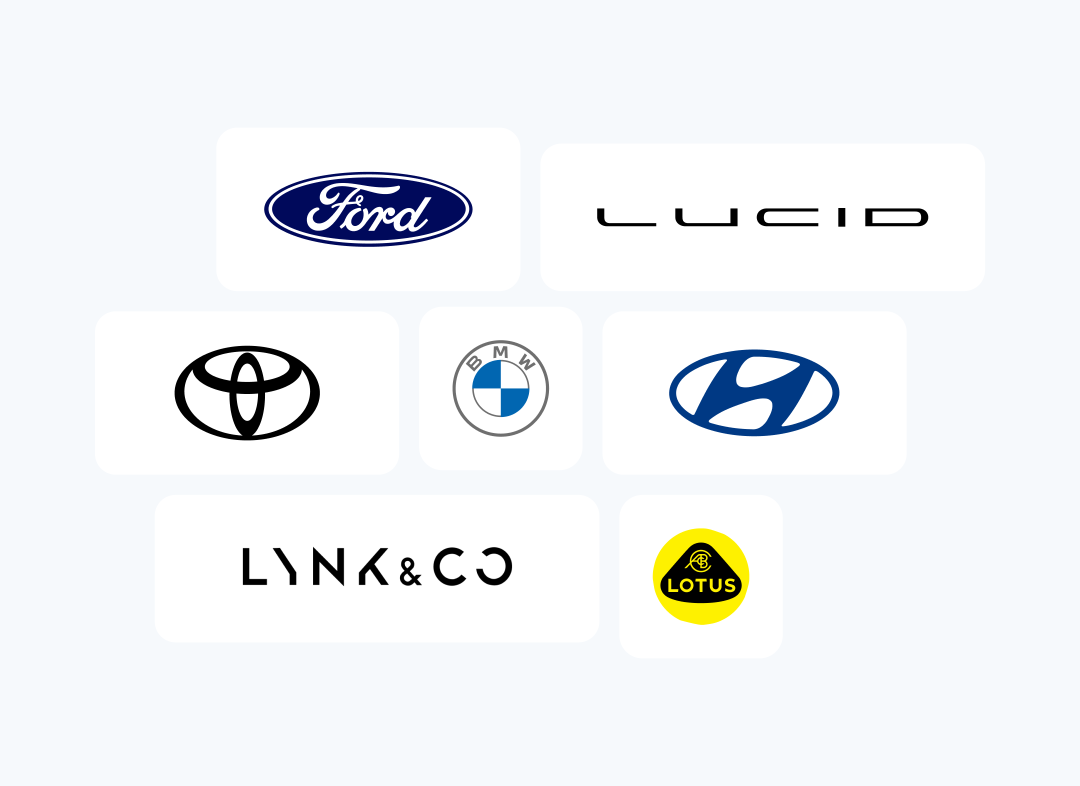
The rise of direct-to-consumer sales, subscription models, and connected car services have made payments and financial infrastructure key differentiators for auto brands. Leading auto companies are partnering with Stripe to better serve their customers and find new revenue opportunities.
Startups and innovative enterprises are revolutionizing the way insurance policies are sold. Stripe provides the financial infrastructure that makes it possible.

Last month we announced a new Billing migration toolkit designed to address your top pain points: engineering resourcing, the risk of disruptive errors, and migration time. Here’s how the migration toolkit addresses each.

Today Stripe is launching a new way of logging in that makes it possible to have both speed and security: one-click login using passkeys.

We announced 17 new embedded components that package up our industry-leading payments capabilities and turn what could have been a months-long project for a full team into just a few days of work for one engineer.

Stripe Organizations allows you to manage all your Stripe accounts in one place. You can streamline team and role management from a centralized dashboard, search for customer and payment information across all your accounts, and run unified reports across your entire business.
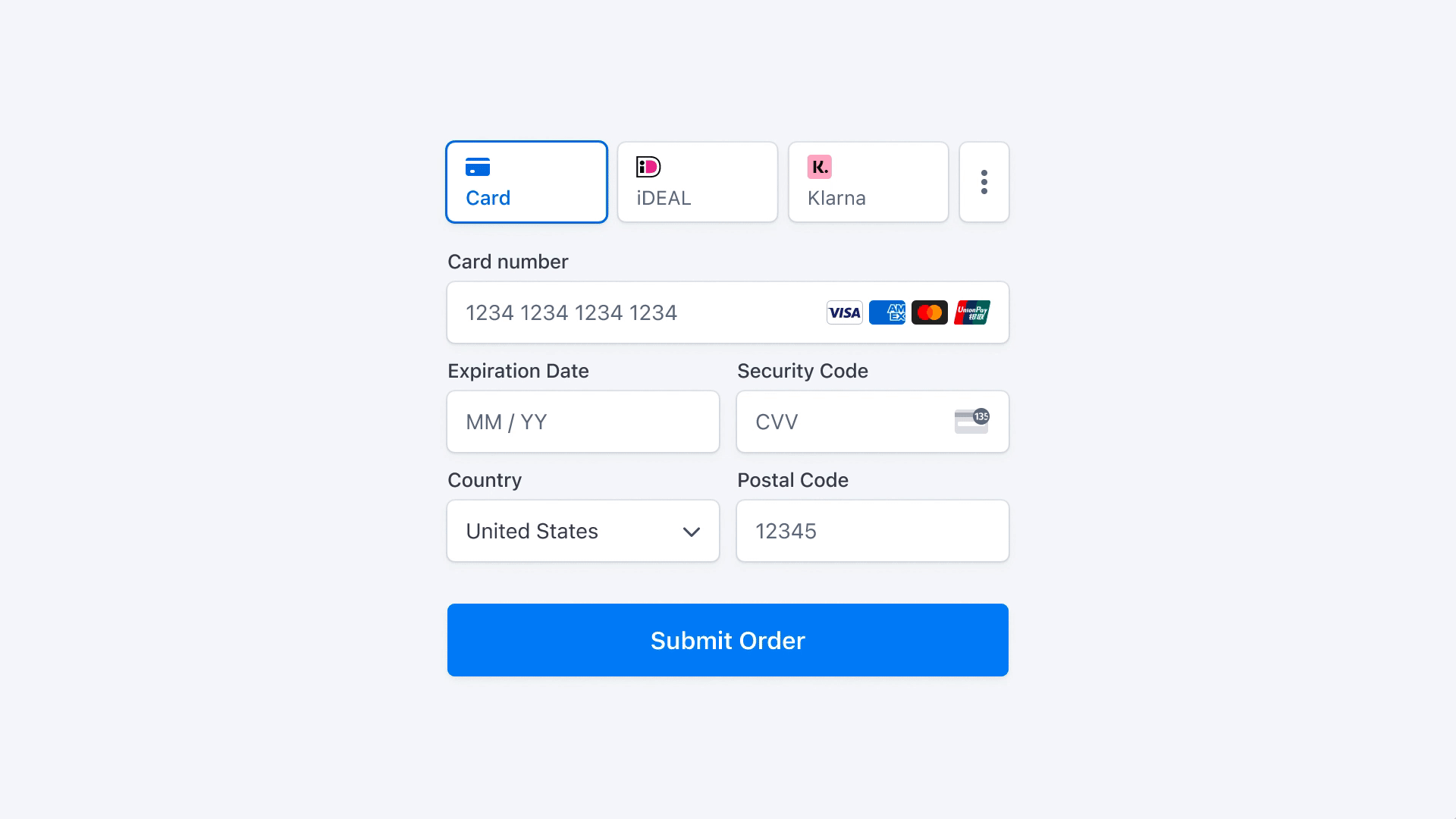
Today, the most innovative changes in marketplaces are about providing more value to sellers. Many of them hinge on the kind of financial infrastructure Stripe provides. We’ve found leading marketplaces increasingly ask us to support them with three main types of incentives for sellers: access to a global customer base, an easy onboarding experience, and financial tools like loans and spend cards available in the marketplace dashboard.